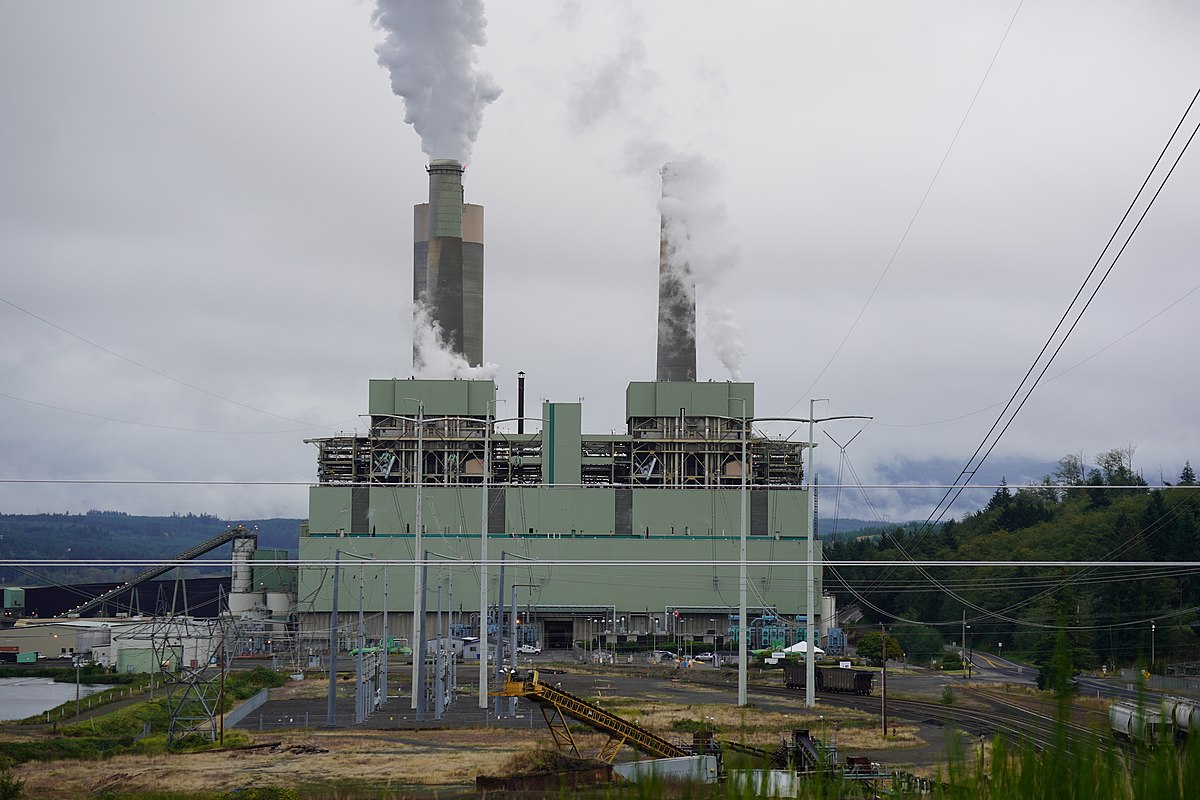We have much more to do and your continued support is needed now more than ever.
Biden’s Power Plant Rule a Necessary Step for the Climate

Today, the Biden Administration’s Environmental Protection Agency (EPA) released a new proposal to limit carbon emissions from fossil fuel power plants. If enacted, this would be the first time these pollutants would be regulated under the Clean Air Act. The EPA’s Endangerment Finding following the Supreme Court ruling in Massachusetts V. EPA in 2009, found that carbon dioxide pollution threatens current and future generations’ health and welfare. Since then, the disastrous consequences of climate change have only become more clear and more imminent. Delaying action to confront this challenge will not be enough to keep communities or ecosystems safe; we must act now.
This new rule comes as part of a broader set of regulations to reduce climate and other pollutants in the air, such as mercury pollution from power plants and factories, soot that helps cause ozone pollution, and GHG emissions from cars and trucks. The rule would establish new emissions performance standards for existing and new fossil-fuel power plants by relying heavily on installing carbon capture equipment, efficiency improvements, and co-firing fossil fuels with lower carbon fuels such as green hydrogen. The new rule would replace former President Obama’s Clean Power Plan, which was thrown out by the Trump Administration.
While the Clean Power Plan was a more direct attempt to move utilities away from fossil fuels in favor of renewable energy, this new rule would not force companies to invest in any type of asset or reduce their electricity production. Rather, it would allow them to choose the route that makes sense for their business. That will vary based on the age and financial standing of each power plant. This flexibility will bolster the rule’s legal defensibility, as the Supreme Court last July prohibited the EPA from forcing a system-wide shift in electric generation while permitting plant-specific regulations. The proposed rule will rely on states to implement the overall targets by choosing the most cost-effective strategies for their region. This departure from a one-size-fits-all approach adds additional flexibility for a smooth transition to clean energy.
This rule is timely, as the Inflation Reduction Act (IRA) increased the value of tax credits for carbon capture and storage, making it more affordable to install this technology. It also established durable credits for installing and operating renewable power sources, helping ensure that, in most cases, they are cheaper to build and maintain than coal or gas plants. The Bipartisan Infrastructure Law has also deployed $11.5 billion in related carbon capture pilots and demonstrations.
These existing subsidies and incentives through the IRA for renewable energy, EVs, clean manufacturing, and other climate initiatives would get us most of the way to our climate goals. However, this new rule along with others like the car and truck emissions rule would put us firmly on the path to getting us all the way to meeting our pledges per the Paris Climate Agreement, helping to avert climate disaster for wildlife and people all over the globe.





















